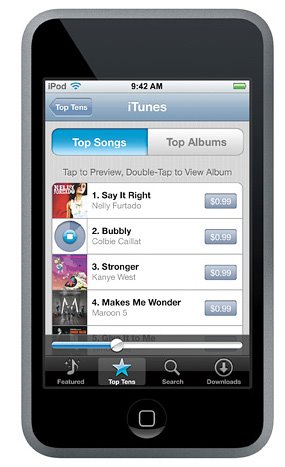Technophiles like ourselves who are also frugal have, in the past, purchased upgrade editions of Windows, and been able to do a clean, fresh install either by entering a prior valid license key or inserting a CD for the older software at install time. That went away with Vista, which required a hacky workaround, but now Microsoft is completely shutting down even that methodology, for Windows 7.
Why the big deal about a being able to do a clean, fresh install with an Upgrade edition? If you install an upgrade on top of an well-used copy of Windows, you've got all that leftover dross on your hard drive. Typically, extra crappy drivers and unneeded files are left behind, using up drive space, but also possibly destabilizing the system.
We realize many will take this route anyway, simply because you won't have to reinstall all your programs and drivers in that case. Not us, though.
Without a way to this, the only way to get a "relatively" clean install is to install an older OS (say Vista) cleanly, then install 7 on top of it. That will pretty much minimize any extra garbage on the system.
An alternative, and perhaps even cleaner, would be to install the Windows 7 RC first. That requires a fresh install, anyway. Then you can install the Windows 7 release on top of the RC.
Technically, however, this isn't an upgrade. Microsoft calls this a custom installation. Your existing operating system, programs and data are placed in a folder labeled WINDOWS.OLD. You'll have to reinstall any programs in place, however, which is why it's not really an upgrade.
Still, if you want a clean install that won't contain any remnants of Vista, it's the cleanest you can do. At that point, we'd take a snapshot of the disk, using something like Acronis' True Image, and then if we ever need to restore a clean copy of Windows 7, we've got it on hand.
Oh, and for those who might ask why anyone should complain about having to install an old OS, since after all the consumer bought an upgrade copy, the reason is not just the hassle of having to install the older OS, but also the fact that the end user has to keep around the install media and all the license info as well. What a hassle.
Yes, we realize we could buy a full, not upgrade copy, but really, we've been "supporting" Microsoft for years and don't see why we have to go through the extra expense, aside from adding to Microsoft's bottom line, that is.
Caveat: there is, of course, always a chance that Microsoft will modify the upgrade process; October is a ways away. However, once the RTM build is seeded, that will be it
[Via www.hothardware.com]





0 comments:
Post a Comment